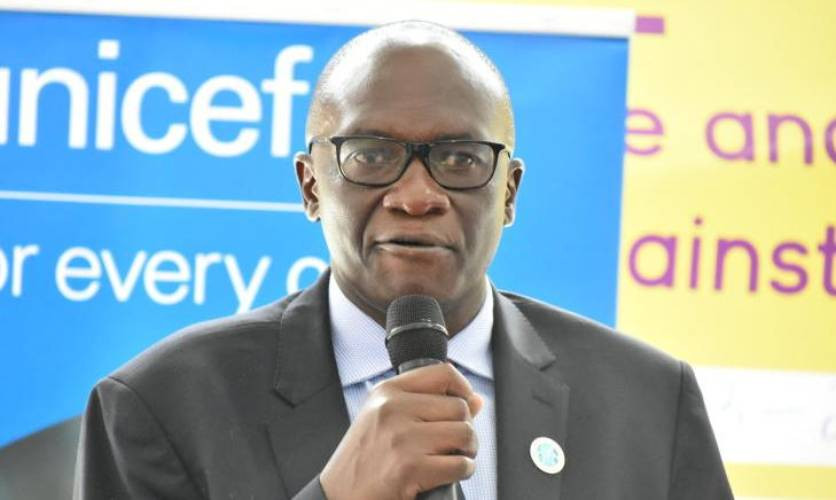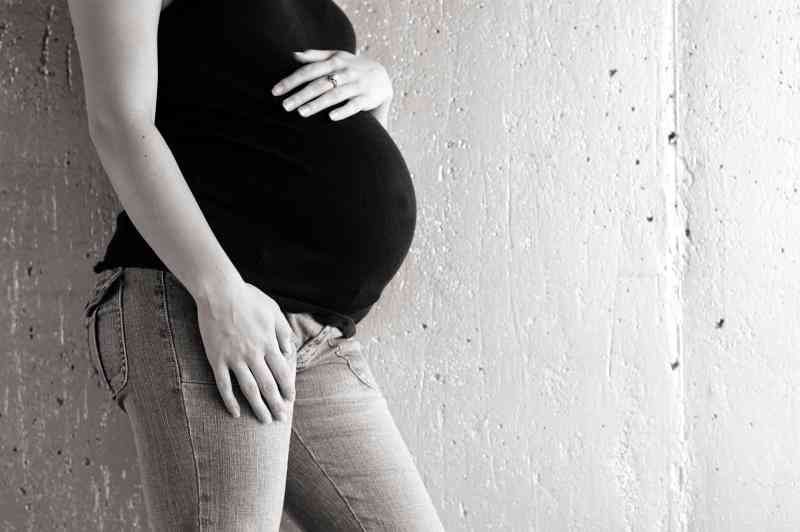A combination of stigma, lack of awareness, poverty and inadequate kitting of healthcare workers has worsened the impact of the Covid-19 pandemic, a survey by a coalition of community-based organisations has found out.
As a result, the urban poor, rural communities and highly traditional societies have been hardest hit in the three-month period when the Ministry of Health has struggled to flatten the curve.
The coalition, People’s Health Movement Kenya (PHM), says the survey, conducted in high risk counties since the disease was first reported on March 12, has also revealed existing historical gaps in the aged and seldom updated healthcare systems that continue to complicate the country’s response.
Data from the Ministry of Health show that in Nairobi for instance, almost a third of the 1,213 reported numbers were recorded in the informal settlements of Kibra and Mathare.
Burdened healthcare
The severity of the disease among the country’s poor has not been limited to burdening their health only.
“With 90 per cent of the residents in informal settlements absorbed in the informal sector without social security, work insurance or any form of insulation against economic shocks, implementation of interventions such as ‘stay at home’ are almost impossible to comply with,” Dan Owalla, the coalition’s programme coordinator says.
It also faults the Universal Health Coverage (UHC) programme for ‘falling short’ of the nation’s expectations at a time when access to healthcare is crucial.
“Majority of Kenyans continue to have limited access to health services during Covid-19. With the crisis poking holes in the efforts to roll out UHC,” Owalla says.
Away from the UHC and its role in containing the virus, a survey of counties outside of Nairobi show a varying degree of challenges. For instance, in Nyeri, health workers and health facilities are struggling with waste disposal.
The survey also shows that Nyeri too is struggling with inadequate Personal Protective Equipment for its key personnel, a lack of other essential drugs in public facilities since attention has been shifted to the Covid-19 response.
Of note also is that patients undergoing cancer treatment, dialysis and other forms of specialised care have had their services interrupted and in some instances suspended all together.
Last year, national data from MoH shows about 9,000 patients received dialysis while the cancer burden stood at around 47,000 new cases and 33,000 deaths.
In Homa Bay, the survey shows that although businesses and livelihoods have collapsed and households are unable to cater for everyday basics such as food and rent, the county has registered increased human rights violations with rape, defilement and other forms of gender based violence increasing.
Weeks into the curfew, the National Council on Administration of Justice (NCAJ) released a statement saying sexual offences had risen significantly over the two week-period that followed the enforcement of the nationwide curfew.
Stay informed. Subscribe to our newsletter
“There has been a significant spike in sexual offences in many parts of the country in the last two weeks. In some cases, the perpetrators are close relatives, guardians or persons living with the victims,” said NCAJ Chair Chief Justice David Maraga.
According to NCAJ, the cases at the time constituted some 35.8 per cent of the criminal cases reported within the duration.
“This is the biggest challenge facing women and children during this crisis because the victims live under the same roof as the perpetrators,” Owalla says. “The curfew has also complicated things further since an abused woman or child in most cases has to stay indoors until morning when the curfew ends. Nine out of ten times, more abuse happens.”
In his presentation to the Senate Health Committee, Mutahi Kagwe, Health Cabinet Secretary, told legislators that some Sh70 million had been set aside for effective public communication. Yet, the survey reveals, some counties lag behind others with regards to awareness of the novel coronavirus disease.
In Kakamega, threats by central government on forced quarantine of those in violation of containment regulations has led large swathes of the population to think the disease as a killer.
The weaponisation of the containment measures continues to scare communities from visiting hospitals for fear of being diagnosed with Covid-19.
On May 2, Health Chief Administrative Secretary Dr Mercy Mwangangi noted that there had been a decrease in the number of patients visiting hospitals for other illnesses.
While this would ordinarily be good news, the CAS said citizens should not be afraid to seek medical assistance when needed.
Almost 30 per cent of coronavirus-related deaths occur at home. Most of these have been reported in Mombasa.
Gender based violence
And there are fears that this aversion to hospitals as well as effects of the nigh time curfew have contributed to an increase in child mortality during birth as mothers who go into labour at night opt to deliver at home.
In some cases, though, it is the very measures put in place to protect lives that may be resulting in deaths. In Siaya, the survey found that among the reasons residents are not visiting healthcare facilities is because they lack of masks, which are mandatory in public spaces.
“They think that going to a hospital without a mask will result in an immediate confinement and mandatory testing for the virus,” Owalla says.
In Kisumu County, a bulk of its public health attention has been diverted from other critical areas such as reproductive health, palliative care for cancer patients and implementing a proper public health response to the current floods in parts of the county.
According satellite derived data from the Famine Early Warning Systems Network (FEWSNET), cumulative March to May rainfall broadly ranged between 120 and 200 per cent of average across the country. Localised areas of Turkana, Wajir, Isiolo, Laikipia, Kwale, Kitui, and Tana River received 200 to 400 percent of average rainfall.
“Recent heavy rains led to floods in 36 counties, where over 800,000 people were affected. There were 237 fatalities and over 116,000 were displaced. The floods also led to loss of property and livestock, considerable damage to crops, and disruption of agricultural activities in high and medium maize production areas,” FEWSNET says.
Worst-affected areas include Tana River, Mandera, Marsabit and Turkana. With Lake Victoria reaching its highest water level on the historical record and a high likelihood of above-normal rainfall this month, there is a threat of additional flooding from overflowing dams and due to river back flow.
From the start of the curfew, law enforcement officers countrywide have been accused of assaulting people while enforcing these regulations.
In Machakos, like many other parts of the country, there have been reports of individuals injured by workers of both the national and county governments.
Ministry of Health data show that Mombasa comes second after Nairobi in terms of Covid-19 positive numbers. However, the county’s response has encountered some headwinds, the biggest of them being stigma directed at those suspected to have tested positive.
As a result, deaths within the county of Covid-19 patients have occurred at home with family members apprehensive of taking their kin to hospital.
In spite of receiving much of the Covid-19 response, Nairobi has had its fair share of issues. Forced evictions that took place on the 4th, 5th and 6th of May in Kariobangi, Korogocho Market, Kisumu Ndogo and Nyayo Villages left over 7,000 families homeless and destitute, exposing them to Covid-19 and destabilising their livelihoods.
The financial impact of the pandemic has rendered the victims incapable of providing for their families or making alternative accommodation arrangements. Further, the families have been left with no access to safe drinking water and sanitation services.
But it is not all gloom and doom. The consortium says government can learn from the pandemic and improve the healthcare system.
“These lessons should inform a robust, inclusive and substantive human rights based approach to healthcare,” Owalla says.
“If nothing else sticks, government should at least learn to invest more and invest better in healthcare.”
 The Standard Group Plc is a
multi-media organization with investments in media platforms spanning newspaper
print operations, television, radio broadcasting, digital and online services. The
Standard Group is recognized as a leading multi-media house in Kenya with a key
influence in matters of national and international interest.
The Standard Group Plc is a
multi-media organization with investments in media platforms spanning newspaper
print operations, television, radio broadcasting, digital and online services. The
Standard Group is recognized as a leading multi-media house in Kenya with a key
influence in matters of national and international interest.
 The Standard Group Plc is a
multi-media organization with investments in media platforms spanning newspaper
print operations, television, radio broadcasting, digital and online services. The
Standard Group is recognized as a leading multi-media house in Kenya with a key
influence in matters of national and international interest.
The Standard Group Plc is a
multi-media organization with investments in media platforms spanning newspaper
print operations, television, radio broadcasting, digital and online services. The
Standard Group is recognized as a leading multi-media house in Kenya with a key
influence in matters of national and international interest.









